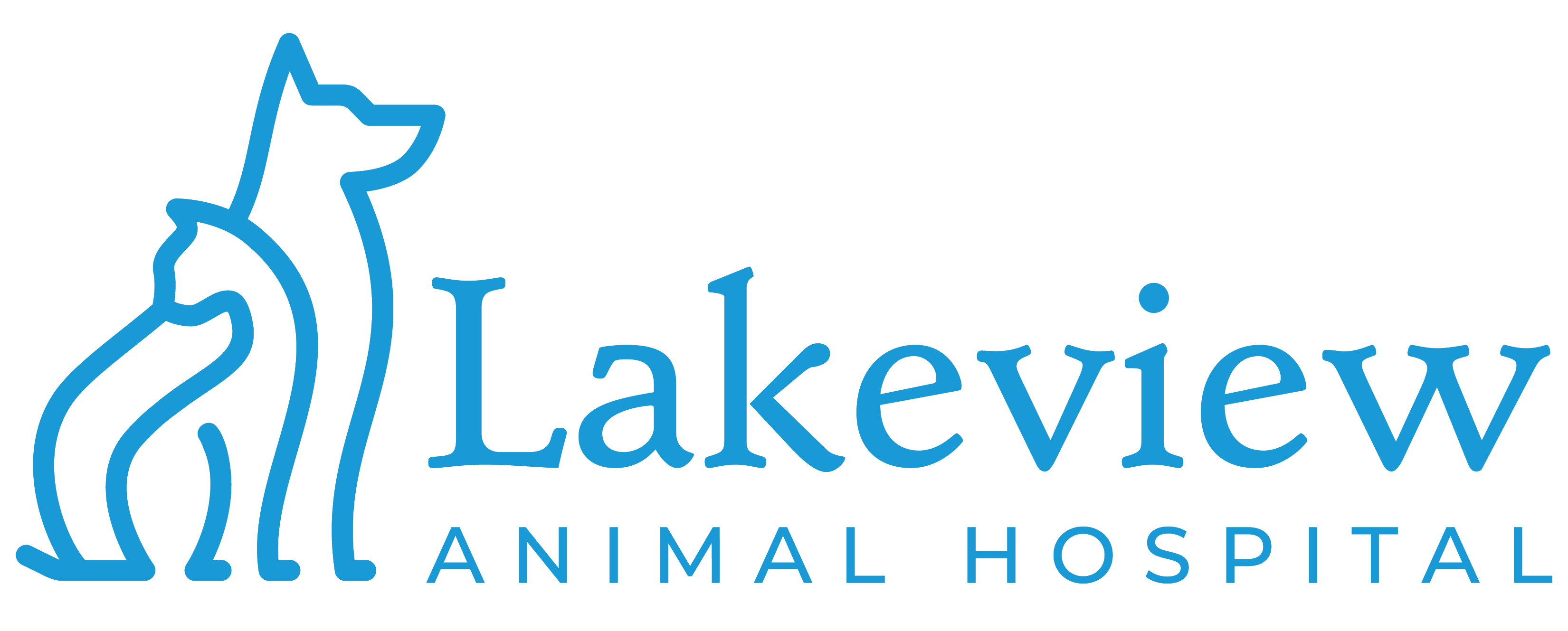Educational Articles
-
A trichobezoar, or hairball, can form when a pet ingests hair that does not pass through the intestinal tract. When this occurs, the hairball may be vomited up uneventfully or it may lead to a gastrointestinal obstruction. If a trichobezoar causes an obstruction, surgical management is necessary.
-
Trifluridine is an antiviral topical medication used to treat viral infections of the eye, such as herpesvirus-1 in cats. Give as directed. Side effects include eye irritation. Do not use in pets with an allergy to this medication. If a negative reaction occurs, please call the veterinary office.
-
Trilostane is a treatment for hyperadrenocorticism (Cushing’s Disease) and Alopecia X. It is given by mouth as a capsule, given with food. Common side effects include lethargy, vomiting, diarrhea, and anorexia. It is contraindicated in liver or kidney disease and pregnant animals. If an Addisonian crisis or any other negative reactions occur, call your veterinary office immediately.
-
Trimeprazine tartrate and prednisolone combination is given by mouth and is used on and off label to treat itchiness and cough in cats and dogs. Give as directed. Common side effects include sleepiness, increased drinking, urination, and/or appetite, muscle tremors or stiffness, restlessness, and panting. Do not use in pets that are allergic to it, are undergoing allergy testing within the next month, or have untreated Cushing’s disease or gastrointestinal ulcers. If a negative reaction occurs, please call your veterinary office.
-
Triple antibiotic ophthalmic with hydrocortisone, also known as neomycin and polymyxin B with bacitracin and hydrocortisone (brand names Trioptic-S®, Vetropolycin®) is a combination antimicrobial medication with a steroid (hydrocortisone) used to treat certain types of bacterial infections. It is used to treat eye infections and inflammation of the eye surrounding the eye in cats, dogs, and other animals.
-
Triple antibiotic ophthalmic ointment, also known as neomycin and polymyxin B with bacitracin or gramicidin (brand names Neosporin Ophthalmic Ointment, Neo-Polycin Ophthalmic Ointment, Trioptic-P, Vetropolycin), is a combination antimicrobial medication used to treat certain types of bacteria (gram-positive and gram-negative). It is used to treat eye infections, eyelid infections, and infections of the tissue surrounding the eye (conjunctiva). Caution when using this medication in cats as allergic reactions have been reported.
-
Tris-EDTA plus ketoconazole topical (brand name TrizUltra + Keto®) is an antifungal and antimicrobial cleansing agent used in the treatment of surface skin infections and to enhance the effectiveness of other topical antibiotics in cats, dogs, and other animals. It may be used as an otic flush to clean and treat ear infections (otitis externa). Tris-EDTA topical comes in liquid form.
-
Tromethamine-ethylenediaminetetraacetic acid otic, also known as tris-EDTA otic (brand name TrizEDTA®), is an antimicrobial cleansing agent used in the treatment of external ear infections (otitis externa) and to enhance the effectiveness of other otic antibiotics in cats and dogs.
-
Tromethamine-ethylenediaminetetraacetic acid topical, also known as tris-EDTA topical (brand name TrizEDTA®), is an antimicrobial cleansing agent used in the treatment of surface skin infections and to enhance the effectiveness of other topical antibiotics in cats, dogs, and other animals.
-
Tropicamide is applied in the eye and is used off label to dilate the eye and to prevent and treat scarring after cataract surgery. Give as directed by your veterinarian. Common side effects include drooling, eye dryness, temporary stinging sensation upon initial application to the eye, light sensitivity, and blurry vision. Do not use in pets that are allergic to it or that have glaucoma. If a negative reaction occurs, please call your veterinary office.

